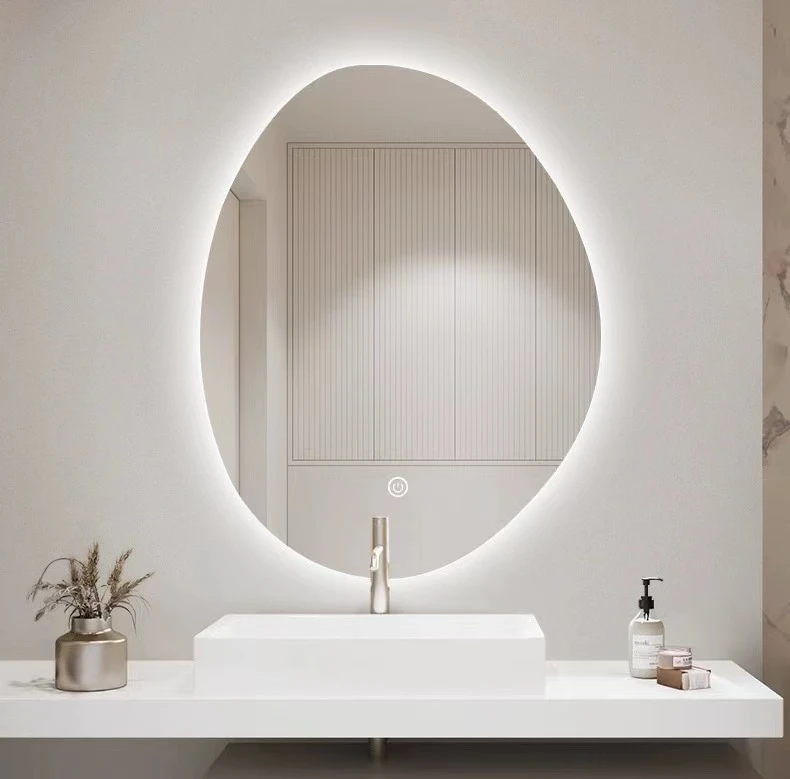

Understanding Reflective Glass A Comprehensive Overview
Reflective glass, an innovative architectural material, is gaining popularity in modern design due to its unique properties and aesthetic appeal. This glass, often used in commercial and residential buildings, features a thin metallic coating that allows it to reflect a significant portion of solar rays while allowing light to penetrate. The result is a visually striking surface that enhances a building's exterior while contributing to energy efficiency.
Understanding Reflective Glass A Comprehensive Overview
Additionally, reflective glass provides an elegant and modern look to facades. The mirrored finish creates a sleek appearance that can elevate the visual impact of a structure. It also enhances the building's integration with its surroundings, as it can reflect the colors and shapes of the landscape, blending harmoniously with the environment. This aesthetic versatility makes reflective glass a preferred choice for architects and designers seeking to create striking visual statements.

Moreover, reflective glass offers a level of privacy without sacrificing natural light. The reflective nature of the glass makes it difficult for outsiders to see into the building during the day while still allowing occupants to enjoy views of the outside world. This feature is particularly valuable for offices and other commercial spaces where privacy is essential, yet a connection to the outside is desired.
However, there are some considerations to keep in mind. The reflectivity of the glass can lead to glare issues, especially in urban settings where sunlight bounces off multiple reflective surfaces. This can affect both pedestrians and drivers. Additionally, the choice of reflective glass must be balanced with the potential for heat gain in colder climates, where maximizing solar heat can be beneficial.
In conclusion, reflective glass is more than just a trendy building material; it offers a fusion of functionality and style. By reflecting sunlight, it enhances energy efficiency, contributes to aesthetic appeal, and provides privacy. As sustainable design becomes increasingly important in architecture, reflective glass is likely to remain a popular choice for creating modern, efficient, and visually engaging buildings. Its ability to adapt to various design requirements ensures that it will continue to play a significant role in the future of construction and design.